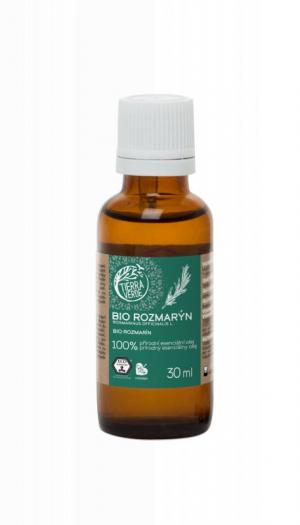Kadsura coccinea
Other names: Schizandra hanceana, Kadsura chinensis, Cosbaea coccinea
Harm score: 1 (Natural substances)
Kadsura coccinea, sometimes also called Schizandra hanceana, Kadsura chinensis or Cosbaea coccinea, is a rare and fascinating plant native to Southeast Asia. It is typically found in the tropical and subtropical forests of China and Vietnam. It is a creeping woody plant with luxuriant foliage and striking red fruits that look like alien berries. In addition to its aesthetic importance, this organism brings a multitude of benefits to human health.
The main product in which Kadsura coccinea is used is traditional Chinese medicines. Locals in southern China have used it for generations for its purported medicinal properties. The roots, leaves, seeds and whole fruits are popularly used to prepare many kinds of medicines that are used to treat various diseases. These include arthritis, asthma, bronchitis, kidney inflammation and liver disease. In recent years, scientific research has focused on the possible effect of Kadsura coccineae on the regulation of blood pressure and the treatment of certain types of cancer. Although there are no drugs from Kadsura approved in Western medicine yet, their potential remains a subject of further study. Its use in the production of beverages, especially teas and spirits, is also known. Recently, Kadsura coccinea has been gaining popularity in horticulture for its decorative properties and ease of maintenance.
You won't find this substance in our products. Try the natural, chemical-free products in our range.

Stiff conditioner for strengthening and renewal BIO (40 g)
Product detail
Lifting night cream Blue Gentian and Alpine Witch Hazel
Product detail
Rosemary essential oil BIO (30 ml) - vitality booster
Product detail
Lifting day cream Blue Gentian and Alpine Witch Hazel
Product detail